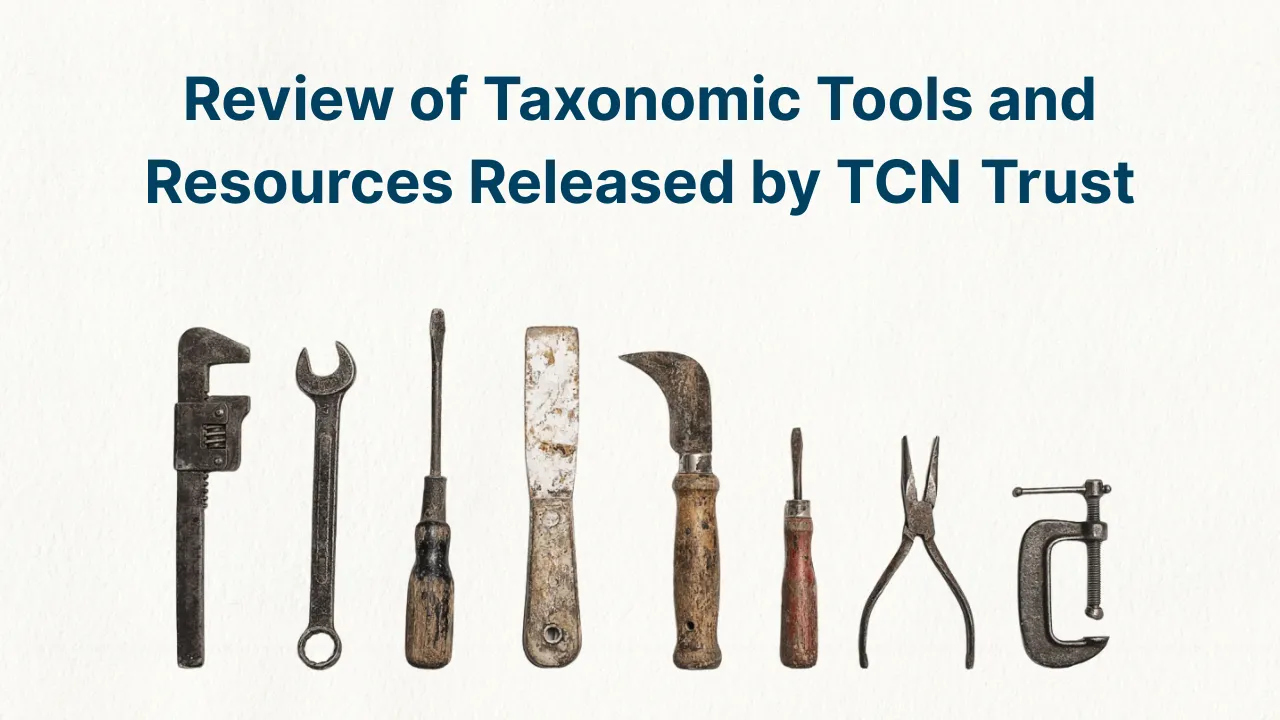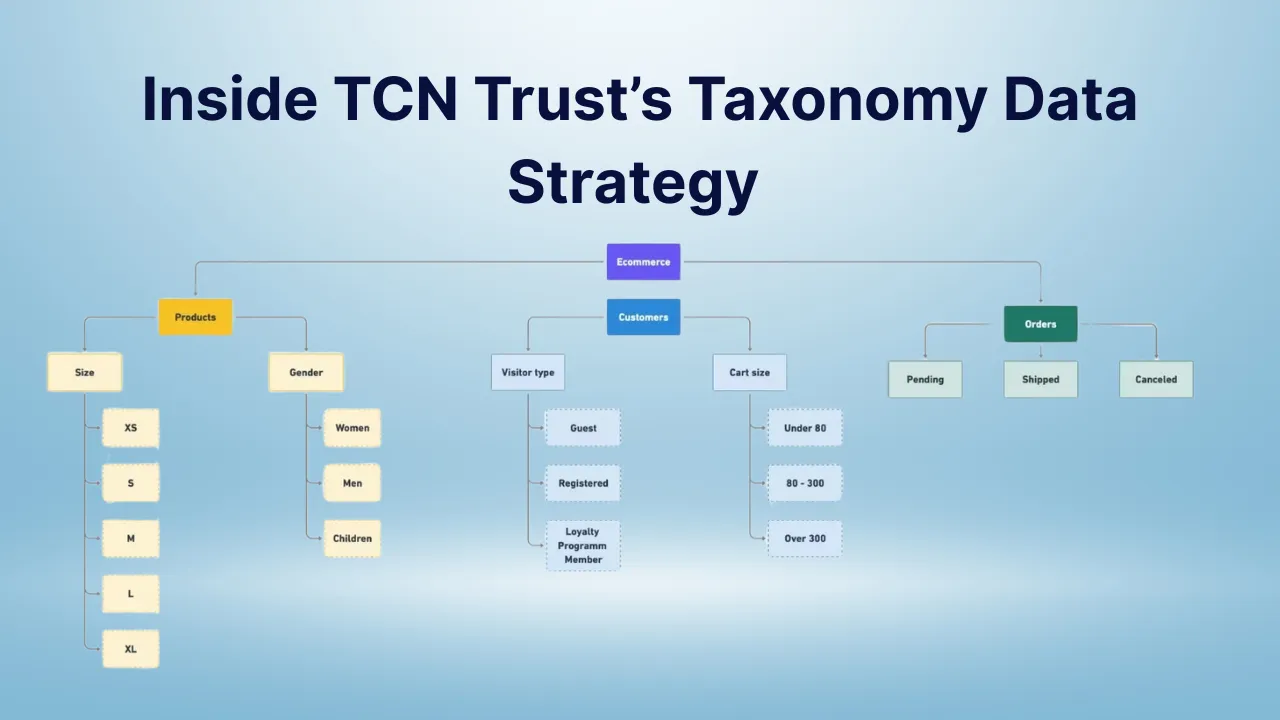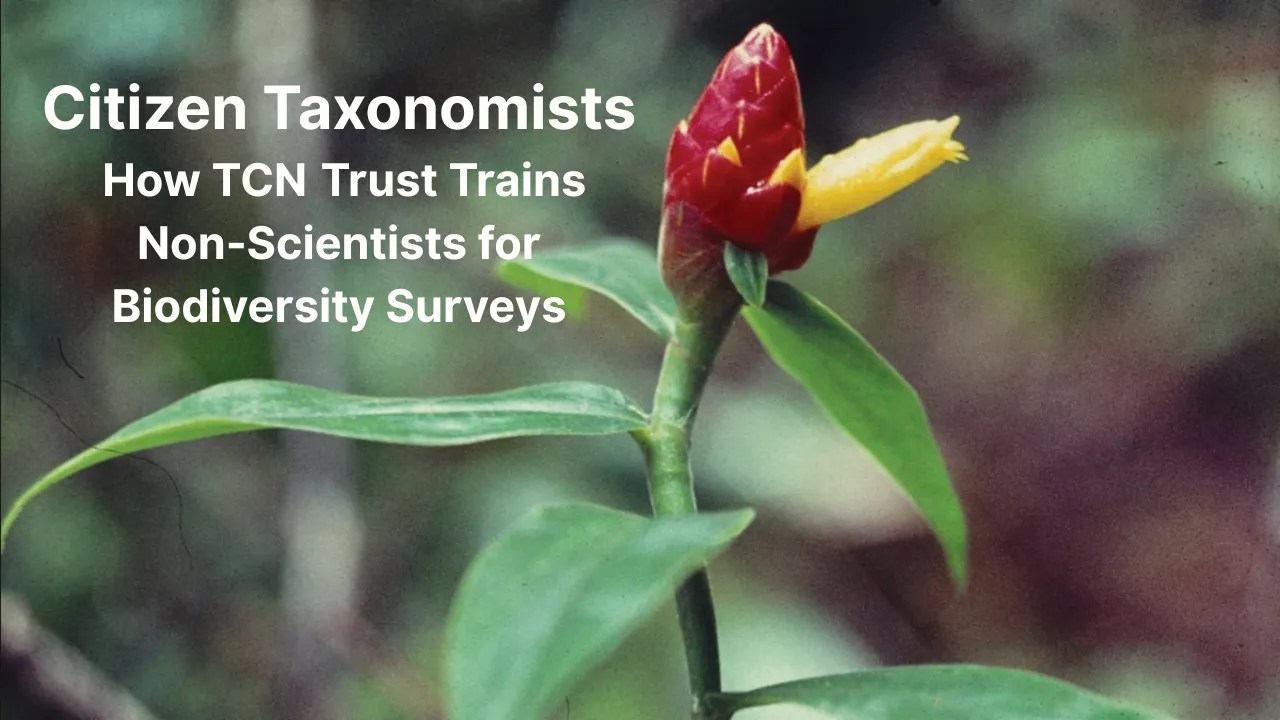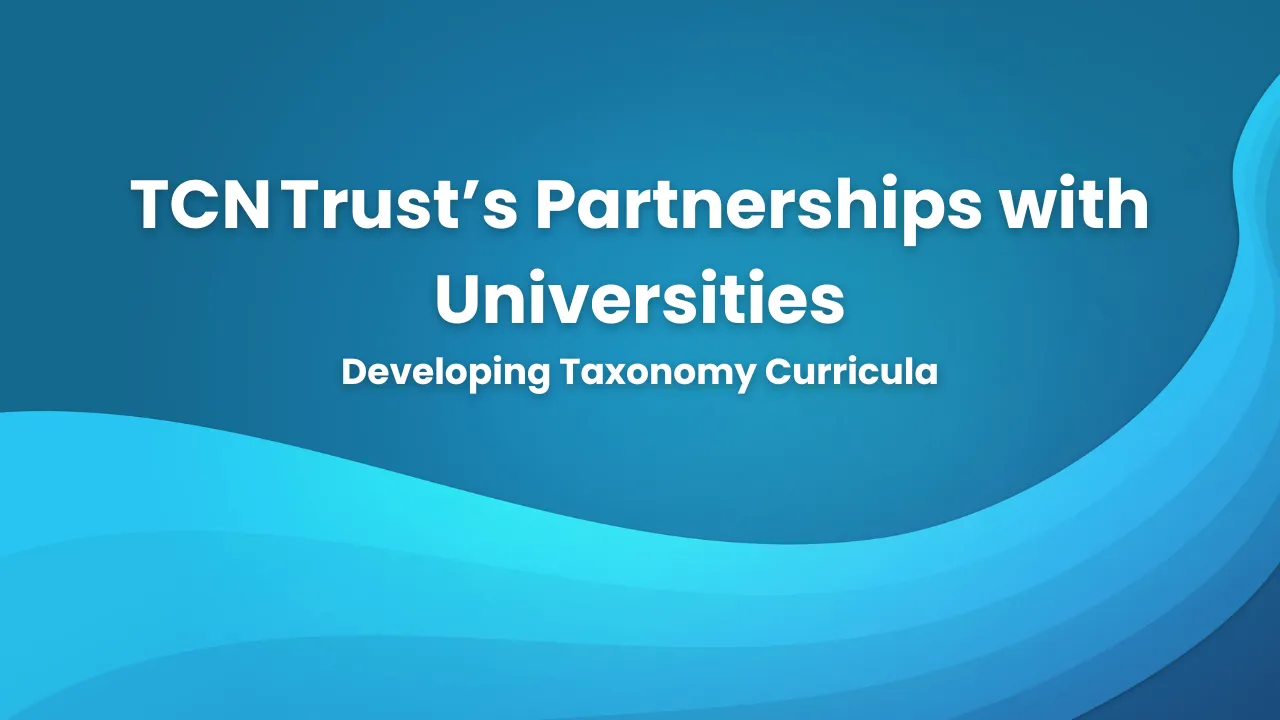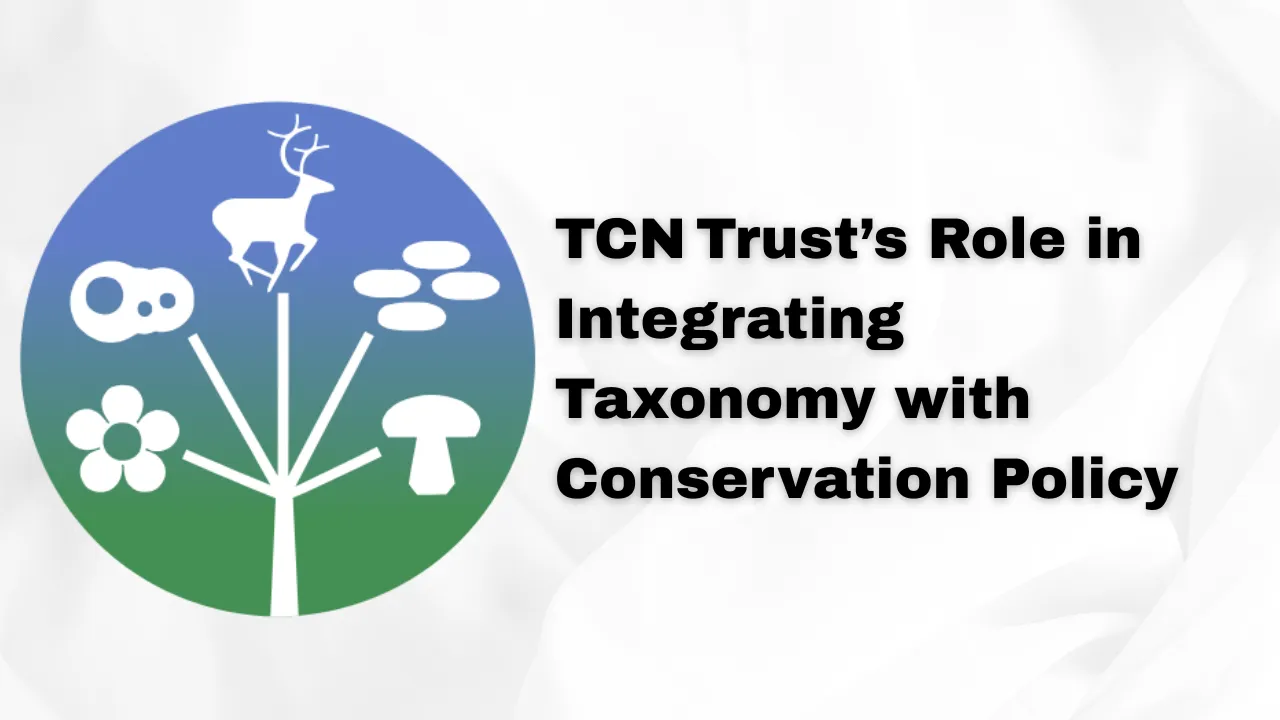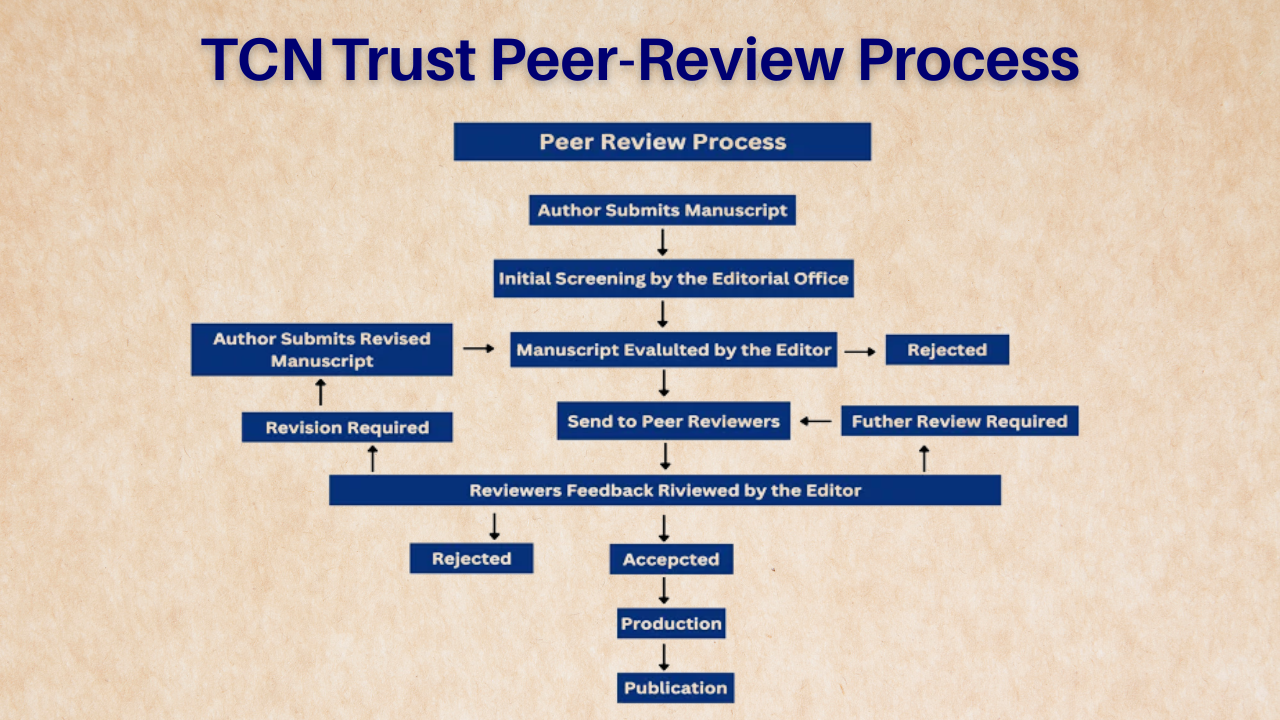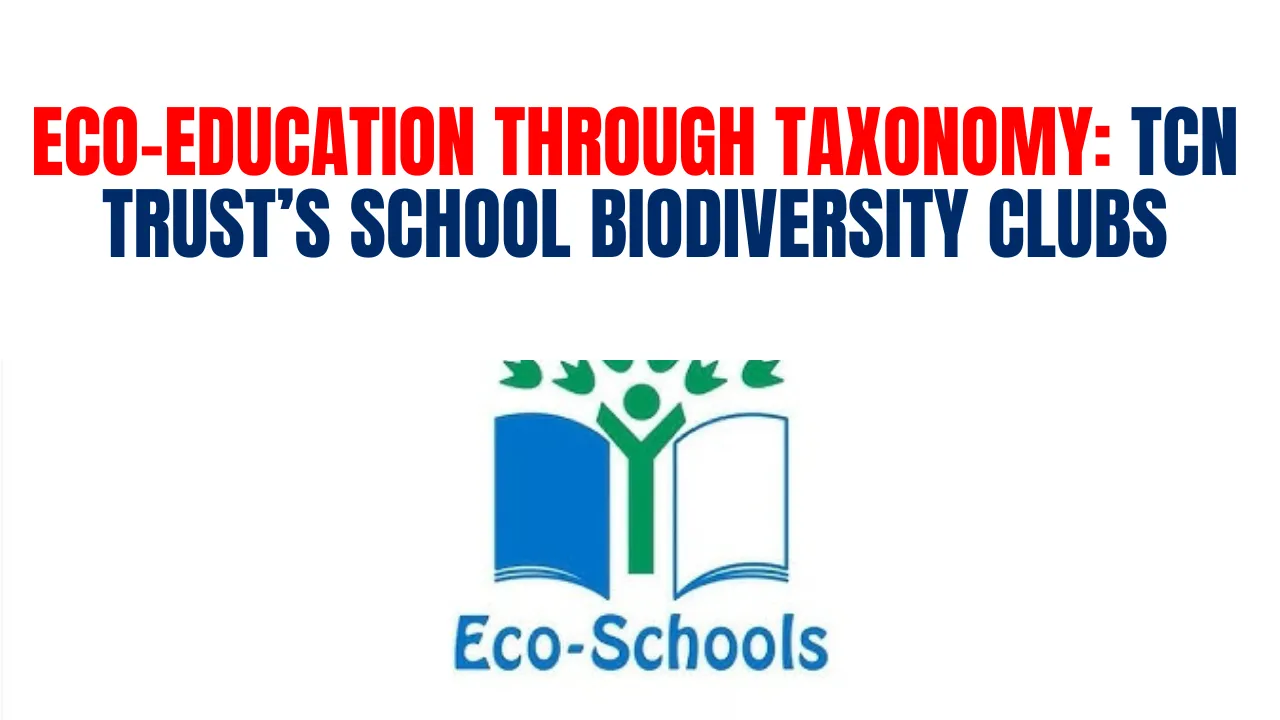TCN Trust Taxonomic Tools: TCN Trust taxonomic tools have quietly revolutionized the way researchers, educators, and citizen scientists interact with biodiversity. While taxonomy has traditionally been seen as a specialized field, these tools are shifting that perception by making species identification more approachable, engaging, and reliable.
In this article, we dive deep into the suite of field guides, digital keys, mobile applications, and educational materials developed by TCN Trust. From visually rich booklets to interactive identification portals, these resources are shaping how taxonomy is taught, learned, and practiced across diverse ecosystems. Their influence extends beyond labs and universities—reaching community groups, classrooms, and nature enthusiasts nationwide.
A Closer Look at TCN Trust Taxonomic Tools
TCN Trust taxonomic tools represent a blend of scientific accuracy and practical usability. The trust has developed a diverse set of resources aimed at improving taxonomic literacy across audiences. Whether it’s a laminated field guide for pollinator identification or a mobile app for logging field data, each tool reflects the trust’s goal: to make taxonomy accessible, relevant, and integrated into modern research and education. These tools support everything from local biodiversity monitoring to large-scale conservation planning.
Overview of Available Tools and Resources
| Resource Type | Title / Tool Name | Format | Intended Audience |
| Field Guide | Southeastern Pollinators: A Visual Guide | Print & PDF | Naturalists, Educators |
| Identification Key | FloraKey SE | Web & Mobile | Botanists, Students |
| Mobile App | TaxaTrack | Android & iOS | Researchers, Field Techs |
| Online Platform | MacroID Invertebrates Portal | Digital Website | Ecologists, Lab Workers |
| Reference Manual | Practical Taxonomy: Volume I & II | Print & eBook | Academics, Field Trainers |
Field Guides: Accessible, Visual, and Practical
One of the most well-received resources among TCN Trust taxonomic tools is the Southeastern Pollinators: A Visual Guide. This field guide distills complex identification into a visual format that’s both informative and easy to use. With crisp imagery, regional maps, and clear visual markers, it provides an approachable entry point into pollinator recognition, including native bees, butterflies, moths, and flies.
What distinguishes it from standard taxonomy manuals is its field utility. Designed for durability and outdoor use, the print version is laminated, water-resistant, and compact. This makes it a favorite among school groups, restoration teams, and community science programs focused on pollinator health and plant-pollinator interactions.
Taxonomic Keys: Precision at Your Fingertips
Among the most powerful digital offerings by TCN Trust is FloraKey SE, a dynamic plant identification tool tailored to southeastern flora. Instead of relying on dense terminology and rigid keys, FloraKey allows users to filter based on intuitive visual traits—leaf shape, stem structure, flower color—and offers photographic comparisons at each step.
It supports both beginners and advanced users by offering tiered detail levels, making it useful in both introductory botany courses and professional habitat surveys. The key also integrates taxonomic updates sourced from regional herbaria, ensuring scientific credibility while being easy to navigate.
This kind of tool not only enhances field efficiency but also nurtures deeper engagement with plant taxonomy, bridging field observation and scientific classification seamlessly.
Mobile Applications: TaxaTrack in the Field
The rise of mobile-based biodiversity tools is reflected in TaxaTrack, TCN Trust’s flagship mobile application. Built for both iOS and Android, TaxaTrack enables users to photograph organisms, geo-tag locations, add habitat context, and submit records for verification. These submissions can be reviewed by a network of trained taxonomists, strengthening the quality of shared biodiversity data.
Unlike many identification apps, TaxaTrack doesn’t rely solely on AI recognition. Instead, it emphasizes user input and verification, creating a collaborative ecosystem where amateur users can contribute to professional databases. The app’s offline mode is especially beneficial in remote areas, allowing researchers to continue work without connectivity.
Its contribution to citizen science, species monitoring, and field research has made it a preferred tool for rapid biodiversity assessments and public engagement efforts alike.
Two Must-Have Tools for Field and Lab
- MacroID Invertebrates Portal
This platform specializes in the identification of freshwater invertebrates, often used in stream assessments and aquatic health monitoring. It combines high-definition images, annotated morphological diagrams, and a searchable database. It has become an essential reference in environmental labs and for students conducting aquatic fieldwork. - Practical Taxonomy: Volume I & II
These manuals serve as foundational texts for anyone studying or teaching taxonomy. Blending traditional classification techniques with contemporary insights from genetics and environmental modeling, they are used widely in training programs and as course texts in universities. They reinforce the theory-practice connection that is often missing from academic resources.
Impact on Biodiversity Research
The influence of TCN Trust taxonomic tools is best seen in how they’ve improved the standardization and efficiency of biodiversity data collection. These tools support field biologists in identifying key indicator species quickly, enabling better-informed decisions in habitat management and conservation efforts.
Moreover, researchers have increasingly cited these tools in published ecological studies. Their widespread acceptance ensures data compatibility and peer-reviewed confidence, which is critical in longitudinal biodiversity tracking and ecosystem modeling.
In restoration projects and ecological baselining, tools like FloraKey and TaxaTrack contribute to faster species documentation and cleaner data pipelines. They help reduce identification errors, enhance cross-site comparisons, and promote data sharing between institutions.
Supporting Education and Citizen Science
TCN Trust has made a point of designing tools that are not only scientifically accurate but also inclusive. Many guides and apps include multiple language options, beginner-friendly navigation, and educator toolkits. These features make the tools usable in middle schools, undergraduate programs, and public workshops.
Community involvement has also grown. Nature groups, youth clubs, and eco-volunteer programs use TCN tools to run local bioblitzes and species counts. By reducing the complexity of taxonomic work, these resources encourage participation from people who might otherwise feel excluded from scientific observation.
This democratization of taxonomy has a ripple effect—boosting environmental awareness, increasing data volume for researchers, and strengthening community ties to nature.
FAQs
What types of organisms can I identify using TCN Trust taxonomic tools?
The tools cover a wide range—from pollinators and freshwater invertebrates to native plants and shrubs, depending on the specific resource you use.
Are these tools suitable for use in educational settings?
Yes. Many of them are designed with educational outreach in mind, offering simplified versions, interactive keys, and printable guides for classroom use.
Is the mobile app TaxaTrack accurate for scientific research?
Yes, especially when used in conjunction with expert verification. It’s already integrated into several academic and citizen science monitoring programs.
Can I download the tools for offline use?
Several resources, including field guides and TaxaTrack, offer offline features or downloadable formats for use in remote field sites.
Are updates to these tools frequent?
Yes. TCN Trust works with scientific contributors to push seasonal updates, especially in the digital tools where taxonomy and species data evolve rapidly.
Final Thought
TCN Trust taxonomic tools are reshaping how people interact with biodiversity. They offer more than convenience—they deliver accuracy, accessibility, and real-world application. Whether you’re a professional ecologist, a biology student, or someone simply curious about what’s growing or crawling in your backyard, these tools help make sense of the natural world.
By creating resources that empower individuals at all levels of expertise, TCN Trust is not just supporting taxonomy—it’s building a more scientifically literate and environmentally aware society. If you’ve used any of these resources, we encourage you to share your feedback or get involved in your local biodiversity programs. Learning to identify life is the first step toward protecting it.
